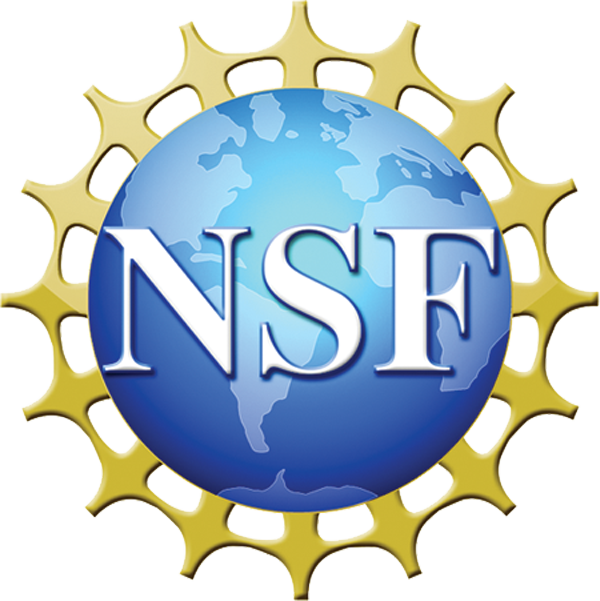 Contact
Us | Change
Text Size | Search
Site
Contact
Us | Change
Text Size | Search
Site Emergency Info Online, Fifth Edition
Next: No Matter Where You Live
Previous: Preparing for Pandemic Flu in School
III. Stay Informed
WHERE DO YOU GET INFORMATION DURING AN EMERGENCY?
Emergency Notification
By John Cavanagh and Anne Malia
It has been said that knowledge is power. During a crisis situation, there is no greater power than to be armed with information regarding the disaster that you are facing. An open communication system is the key to receiving that crucial information. According to the Federal Communications Commission, there are three main components to the nation’s emergency communications system:
- 911 telephone call processing and delivery. Emergency personnel and others often learn about emergencies through 911 calls. 911 is the official national emergency number in the United States and Canada. Dialing 911 quickly connects you to a PSAP dispatcher trained to route your call to local emergency medical, fire, and law enforcement agencies.
- The Emergency Alert System (EAS). The Emergency Alert System is the national system in the United States that replaced the Emergency Broadcasting System in 1994. EAS is jointly administered by the FCC, the Federal Emergency Management Agency (FEMS), and the National Weather Service (NWS). EAS currently provides not only the president of the United States but also national, state, and local authorities with the ability to give emergency information to the general public via broadcast, cable, and wireless cable systems. All broadcast stations and cable systems currently are required to broadcast emergency alerts and messages for national security emergencies initiated by the president.
- Radio and/or broadcast or cable television station news and updates. In the event of an emergency, many people rely on local radio and/or television stations to receive updates on what is happening and what to do.
National Weather Service
The National Oceanic and Atmospheric Administration’s National Weather Service is another reliable source of emergency information. NOAA Weather Radio All Hazards (NWR) is a nationwide network of radio stations broadcasting continuous weather information directly from the nearest National Weather Service office. NWR broadcasts official Weather Service warnings, watches, forecasts, and other hazard information 24 hours a day, seven days a week. Besides featuring EAS warnings, NWR works with federal, state, and local Emergency Managers to broadcast warnings and post-event information for all types of hazards, including natural (such as earthquakes or avalanches), environmental (such as chemical releases or oil spills), and public safety (such as AMBER alerts or 911 telephone outages). The NWR includes more than 940 transmitters, covering all 50 states and their adjacent coastal waters, Puerto Rico, the U.S. Virgin Islands, and the U.S. Pacific Territories. NWR requires a special radio receiver or scanner capable of picking up the signal. Broadcasts are found in the VHF public service band at these seven frequencies (MHz):
- 162.400
- 162.425
- 162.450
- 162.475
- 162.500
- 162.525
- 162.550
Digital Communications
In this age of digital technology, there are sources of information on hand that were not widely available to the public a decade ago. These resources, which include the Internet and satellite radio, can provide emergency information at a time of crisis. Up-to-date disaster information can be posted online, remaining accessible to those with a battery-powered laptop, even if the electricity goes off. Check the websites of your local municipalities or health departments for information pertaining to your community. For national emergencies, the Center for Disease Control posts an Emergency Preparedness website at http://www.bt.cdc.gov/. Also, the National Oceanic and Atmospheric Administration posts an emergency site at http://www.noaa.gov/emergency.html. In October 2005, the FCC expanded its rules to require Emergency Alert System participation by digital television (DTV) broadcasters, digital cable television providers, digital broadcast radio, Digital Audio Radio Service (DARS), and Direct Broadcast Satellite (DBS) systems. Also, satellite radio is required to transmit EAS warnings during an emergency.
Emergency Paging Systems and Email Alerts
Receiving warnings by pager is another way to get information before or during an emergency. This is an extremely beneficial service for those who are deaf or hard of hearing. Pager alerts have the advantage of showing the entire text of a weather warning. The Emergency Email Network (www.emergencyemailnetwork.com) is a free service that provides weather and natural disaster information in all 50 states, through both email and pager. Consumers register by county, so that they can receive the appropriate local warnings. Local and regional Emergency Management agencies can also sign up to participate in this service. In some communities, county Emergency Management centers provide free weather warnings for consumers via pagers. In addition to the Emergency Email Network, some communities are developing their own response systems. For example, the Emergency Management center for Faribault County will also send out a warning via pager when the sirens are sounded. This was set up since the Minnesota State School for the Deaf is located in the city of Faribault. A similar pager alert system has just been implemented in Sulphur, Oklahoma, the home of the Oklahoma School for the Deaf. The system is currently local, but may expand statewide. The software was provided by Weather Affirmation, an Oklahoma-based company.
Wireless Telephones
A wireless telephone is a useful resource for receiving outside information during an emergency, since a battery-operated cellular phone could still function during a power outage. A wireless phone is also an important tool to use in calling for help. The FCC states that, while wireless phones can be an important public safety tool, they also create unique challenges for public safety personnel. Since wireless phones are by their very nature mobile, they are not associated with a fixed location or address. The FCC recommends that, when calling 911 from a mobile phone:
- Give the emergency operator your wireless phone number so that if the call gets disconnected, the operator can call you back.
- If your wireless phone is not “initialized” (i.e., you do not have a contract for service with a wireless service provider), and your emergency call gets disconnected, you must call the emergency operator back because he or she does not have your telephone number and cannot contact you.
- To help public safety personnel allocate emergency resources, learn and use the designated number in your state for highway accidents or other non-life-threatening incidents. Often, states reserve specific numbers for these types of incidents. The number to call for non-life-threatening incidents in your state can be found in the front of your phone book. You should program them into the memory of your wireless telephone.
Resource for Emergency Communication:
Communicating During Emergencies
http://www.fcc.gov/cgb/consumerfacts/emergencies.html
The FCC posts information that will help you better understand what happens with the nation’s communications system during an emergency and how best to use the various components of the communications system during a crisis or disaster.
About the Writers
John Cavanagh is Communications Director for Bridge Multimedia and Chief Researcher for Emergency Information Online.
Anne Malia writes about technology and emergency preparedness for people with special needs and has contributed to the production of EmergencyPrepOnline.org and EdTechOnline.org.
Article inquiries welcome. On request, we can provide feature-length articles tailored to your audience and requirements. Please contact John Cavanagh at Bridge Multimedia: (212) 213-3740 or jcavanagh@bridgemultimedia.com.

